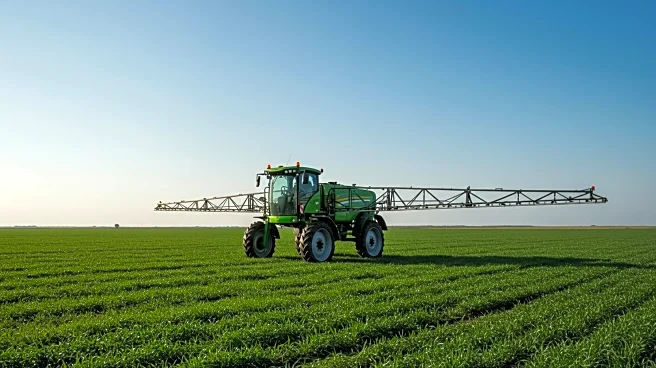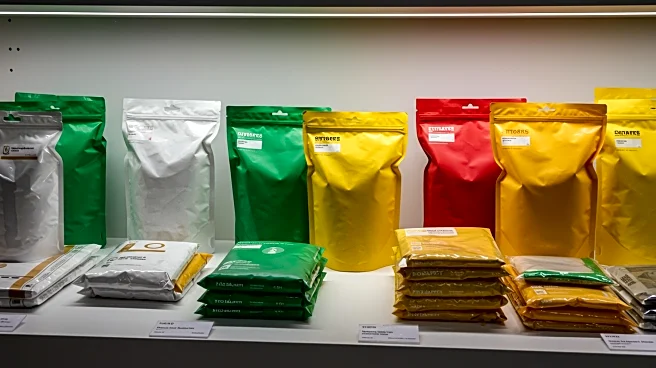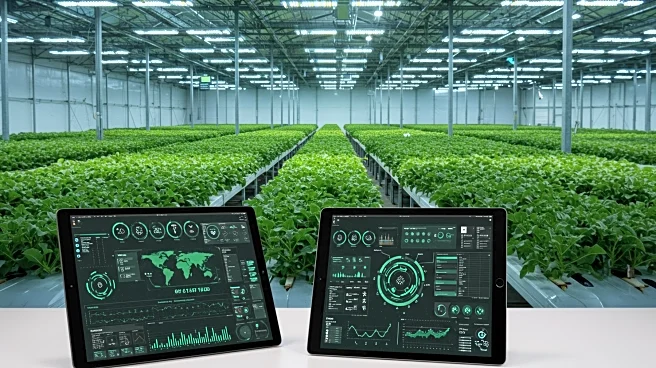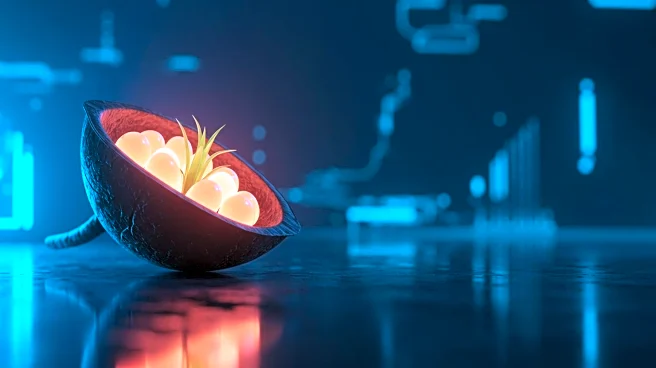What's Happening?
The agricultural sprayers market is expected to grow from USD 5.10 billion in 2025 to USD 7.08 billion by 2030, driven by a compound annual growth rate (CAGR) of 6.80%. This growth is attributed to the increasing demand for efficient pesticide and fertilizer application as global food demand rises. Farmers are adopting advanced equipment such as drone sprayers, battery-powered units, and AI-enabled platforms to reduce labor dependency and improve coverage. Regional government initiatives, particularly in Asia-Pacific, Europe, and North America, are supporting adoption through subsidies, tax incentives, and policy support for precision agriculture machinery.
Why It's Important?
The expansion of the agricultural sprayers market is significant for the farming industry as it addresses labor shortages and enhances productivity. The adoption of precision technologies reduces chemical usage and supports sustainable farming practices. This growth benefits farmers by improving efficiency and reducing costs, while also meeting stricter sustainability regulations. The market's expansion is crucial for global food security, as it enables farmers to meet rising food demands with advanced spraying technologies.
What's Next?
The market is expected to continue its growth trajectory, with increased adoption of AI-enabled and battery-powered sprayers. Government subsidies and smart-farming incentives will further drive the market, promoting the use of advanced equipment among farmers. However, challenges such as high capital costs and skill gaps in operating modern spraying systems may limit adoption, particularly among small farms. Efforts to address these barriers through training and financing solutions will be essential for sustained growth.
Beyond the Headlines
The transition to advanced agricultural sprayers reflects broader shifts in farming practices towards sustainability and efficiency. The integration of AI and precision technologies in spraying systems highlights the industry's move towards automation and reduced chemical usage. This shift not only benefits farmers but also contributes to environmental conservation by minimizing chemical waste and promoting sustainable agriculture.











